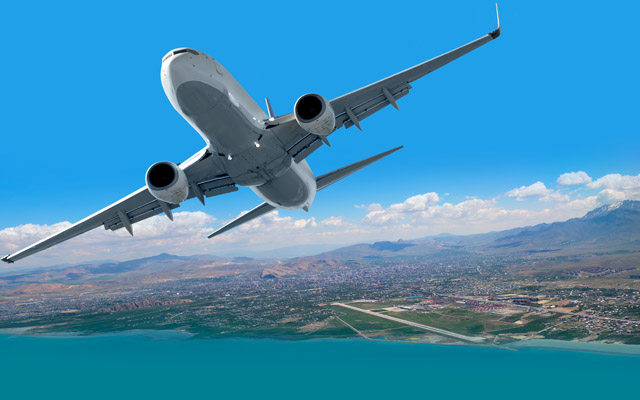Air travel demand has topped 99 per cent of 2019 levels, revealed the International Air Transport Association (IATA), based on its November 2023 air travel performance data.
Total traffic in November 2023 (measured in RPKs) rose 29.7 per cent compared to November 2022. Globally, traffic is now at 99.1 per cent of November 2019 levels.

International traffic rose 26.4 per cent versus November 2022. The Asia-Pacific region continued to report the strongest year-over-year results (+63.8 per cent) with all regions showing improvement compared to the prior year. November 2023 international RPKs reached 94.5 per cent of November 2019 levels.
Domestic traffic for November 2023 was up 34.8 per cent compared to November 2022, while total November 2023 domestic traffic was 6.7 per cent above the November 2019 level.
Growth was particularly strong in China (+272 per cent) as it recovered from the Covid travel restrictions that were still in place a year ago.
As for international passenger markets, Asia-Pacific airlines had a 63.8 per cent rise in November traffic compared to November 2022, which was the strongest year-over-year rate among the regions. Capacity rose 58 per cent and the load factor was up 2.9 percentage points to 82.6 per cent.
Middle Eastern airlines saw an 18.6 per cent traffic rise in November compared to November 2022. November capacity increased 19 per cent versus the year-ago period, and load factor fell 0.2 percentage points to 77.4 per cent.
“We are moving ever closer to surpassing the 2019 peak year for air travel. Economic headwinds are not deterring people from taking to the skies. International travel remains 5.5 per cent below pre-pandemic levels but that gap is rapidly closing – and domestic markets have been above their pre-pandemic levels continuously since April,” said Willie Walsh, director general, IATA.
He also highlighted on the need to ramp up Sustainable Aviation Fuel (SAF) production.
“In parallel to aviation’s recovery, governments recognised the urgency of transitioning from jet fuel to SAF for aviation’s decarbonisation. Airlines agreed to achieve net zero carbon emissions by 2050 and every drop of SAF ever made in that effort has been bought and used. There simply is not enough SAF being produced,” said Walsh.
“So, we look to 2024 to be the year when governments follow-up on their own declarations and finally deliver comprehensive policy measures to incentivise the rapid scaling-up of SAF production.”
Read the full report here.




















